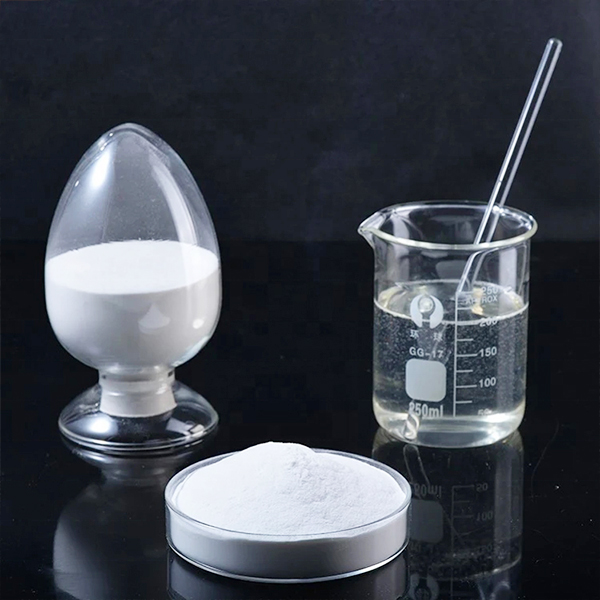Understanding Carboxymethyl Cellulose Structure, Properties, and Applications
Carboxymethyl cellulose (CMC) is a cellulose derivative widely used in various industries due to its unique properties and versatility. As a water-soluble polymer, CMC exhibits excellent thickening, emulsifying, and stabilizing characteristics, making it a critical ingredient in formulations ranging from food products to pharmaceuticals.
Chemical Structure and Properties
Carboxymethyl cellulose is derived from cellulose, the primary structural component of plant cell walls. It is produced by the alkali treatment of cellulose fibers, followed by the reaction with chloroacetic acid. The process introduces carboxymethyl groups into the cellulose chain, altering its properties and enhancing its solubility in water.
The degree of substitution (DS) is an essential parameter that influences the physicochemical properties of CMC. A higher DS typically increases solubility and viscosity. CMC appears as a white or off-white powder or granules and is odorless. When dissolved in water, it forms a viscous, gel-like solution, whose viscosity can vary significantly depending on factors such as concentration, molecular weight, and temperature.
Applications Across Industries
The unique properties of CMC allow it to be utilized in diverse fields. Below are some of its most notable applications
1. Food Industry CMC is commonly employed as a thickener, stabilizer, and emulsifier. It helps improve the texture and mouthfeel of various food products, including ice creams, sauces, and salad dressings. Moreover, its ability to retain moisture makes CMC valuable in baked goods, preventing staleness and enhancing shelf life.
carboxymethyl cellulose

2. Pharmaceuticals In the pharmaceutical sector, CMC serves multiple purposes. It acts as a binding agent in tablet formulations, ensuring uniform distribution of active ingredients. Additionally, CMC is used as a suspending agent in liquid formulations, enhancing the stability of suspensions and improving the bioavailability of poorly soluble drugs.
3. Cosmetics and Personal Care CMC is a common ingredient in cosmetics, where it functions as a thickening agent, stabilizer, and emulsifier. It helps produce smooth textures in creams and lotions and is often found in shampoos and conditioners for its film-forming properties.
4. Paper and Textile Industries In paper manufacturing, CMC is utilized as a retention aid, enhancing the strength and quality of paper products. In the textile industry, it serves as a sizing agent, improving the fabric's feel and appearance while reducing dust formation during processing.
5. Oil and Gas Industry CMC is also crucial in the petroleum industry. It is used as a drilling mud additive, helping to stabilize the mud and prevent the collapse of boreholes. Its ability to control fluid loss and improve the viscosity of drilling fluids is vital for efficient drilling operations.
Environmental Impact and Safety
Carboxymethyl cellulose is generally regarded as safe (GRAS) for consumption, as confirmed by multiple regulatory agencies. It is biodegradable, making it an environmentally friendly choice compared to synthetic polymers. However, like any substance, it should be used responsibly, following recommended guidelines to ensure safety during its application.
Conclusion
Carboxymethyl cellulose is a remarkable substance with a wide array of applications across various industries. Its unique chemical properties and versatility make it an essential ingredient in food, pharmaceuticals, cosmetics, and beyond. As technology advances and the demand for natural and biodegradable products increases, CMC's role is expected to expand further, cementing its position as a vital component in modern formulations. Understanding CMC's properties and applications helps us appreciate its significance in our daily lives, from the food we eat to the products we use. As research continues to uncover new applications and benefits, CMC will undoubtedly remain a topic of interest in both scientific communities and industries worldwide.
-
The Application and Significance of Construction RdpNewsMay.19,2025
-
Industrial Grade HpmcNewsMay.19,2025
-
Building Coating Adhesive Building Coating Adhesive HpmcNewsMay.19,2025
-
Application Of Hpmc For Detergent For Detergent In DetergentsNewsMay.19,2025
-
Application Of Hpmc Cellulose In Cement-Based MaterialsNewsMay.19,2025
-
Application Of High Quality Hpmc For Construction In The Field Of ConstructionNewsMay.19,2025




